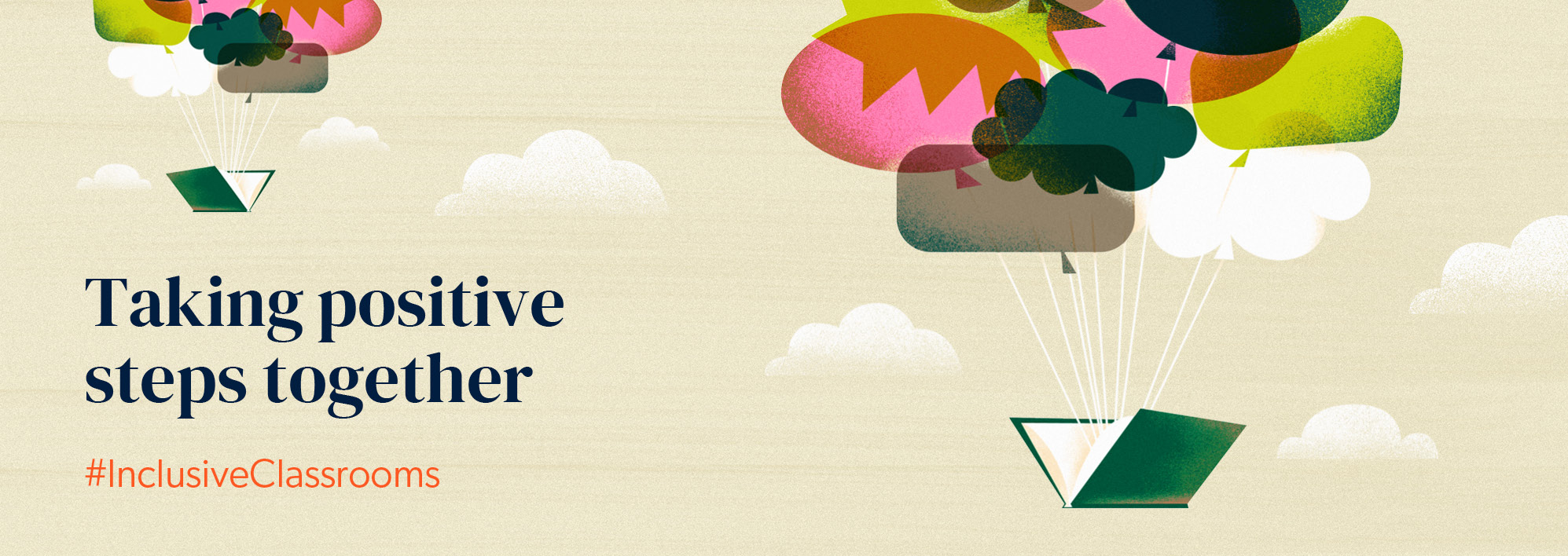Since the tragic death of George Floyd, many schools across the UK have sought to revise their curricula, pedagogical practices and student assessments. Terms like ‘decolonise’, ‘inclusion’, ‘anti-racist’, ‘equity’ and ‘diversity’ are now at the centre of educational debates. I also find myself reflecting upon my teacher training experience where it was persistently repeated that being a teacher was an ‘awesome responsibility’ and working ‘in loco parentis’ meant that I would assume the role of ‘replacement parent’ for a significant part of a young person’s life. During those nine months, I thought deeply about my teacher-purpose and what it really means to be working as a replacement parent. My initial thoughts: How do parents respond to the needs of their children? Parents respond to the needs of their children with care. They care about their children’s social development, academic development, emotional development, to name but a few.
Nearly ten years later, I can truly say that this ‘care’ philosophy remains at the heart of my teaching, research and leadership. It is care that has led me to perceive all the pupils in my classroom as equal, it is care that has led me to undertake a Master’s degree to improve teaching and learning in my school, it is care that has led me to research ways to engage culturally diverse pupils and address the ethnicity attainment gap, and it is care that has led me to lead by example and share my expertise in culturally responsive pedagogy with other passionate educators. All of this work was done prior to, during and will continue beyond the George Floyd incident because it is my belief that teachers who are called to the profession always respond to their pupils’ needs with care. It is our authentic default position. So, before I begin to share some deeper theoretical and research-based insights, I would say that the first practical step towards being an inclusive teacher is Step 1: To care.
Step 2: Be a learner
Often teachers perceive pupils to be empty vessels that they need to pour information into (Villegas, 1991) because learning is designed to introduce pupils to ‘humanity’s intellectual traditions that take them beyond their personal experiences’ (Pring, 2013; Young, 2011 in Standish 2021:38). On the contrary, teachers should acknowledge that all pupils come to the classroom with some level of existing knowledge, and this knowledge can be used to facilitate their engagement and understanding in the process of them developing new knowledge. Teachers should see their pupils as a resource. Learn as much as you can about your pupils: their community contexts, their cultural and linguistic backgrounds, and their personal and home experiences.
Whilst completing my Master’s, I read widely about culturally responsive pedagogy and was particularly encouraged by the work of Villegas & Lucas whose central premise is that ‘the knowledge children bring to school, derived from personal and cultural experiences, is central to their learning’ (2002:25). This article is a good starting point if you want to read more about the importance of cultural sensitivity in the inclusive classroom.
Step 3: Co-plan with pupils
Pupils are not separate from curriculum design and instruction. In the process of deciding what should be taught and how it should be taught, hold discussions with your pupils. Discover what pupils already know about topics, what topics they feel would be relevant, how topics relate to them, what they would like to know more about, and how they would like to learn about topics. Not only does this encourage pupils to be active participants in their learning, but it is a pluralistic approach to curriculum design, which helps to address stereotypes and misconceptions. Indeed, your pupils will be able to ‘see themselves’ in their curriculum.
One year when I was completing my mid-term geography curriculum planning and wanting to make the next scheme of work more culturally inclusive, I conducted a pupil questionnaire. Here are some of the useful discoveries:





Step 4: Develop pupil-centred teaching and learning resources
We can tend to rely quite heavily on textbooks and pre-designed learning resources. While we’re all too aware of the increasing demands on teachers’ time, I would strongly encourage you to think carefully about the learning resources that you use in your classrooms – do they reflect your pupils’ cultural contexts? Research shows that pupils respond positively to self-affirming texts, images, case studies, objects and so forth.

To conclude, these are just the first and a few steps towards becoming a culturally inclusive geography teacher. We must continue the conversations, continue to learn and continue to act. Not just because it is the morally right thing to do, but because it is the right thing to do for geography as a discipline and education as a whole.
Book suggestion:
‘Culturally Responsive Teaching: Theory, Research and Practice’ by Geneva Gay
Malica Scott ([email protected]) is a teaching fellow at UCL and an experienced Educator, specialising in Geography Education. She holds a Master’s from the University of Oxford with research expertise in culturally responsive curriculum, pedagogy and assessment. A dynamic and inspirational speaker, she often runs training programmes and workshops for both teachers and pupils in secondary and higher education institutions.

